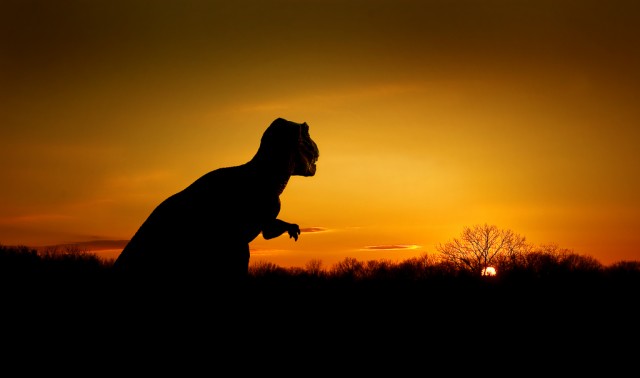Direct evidence of cooling after the dinosaur-killing asteroid impact
Ars Technica » Scientific Method 2014-05-19
“The bigger they are, the harder they fall” might have applied to some individual behemoths during the hey-day of the dinosaurs, but it also held true for the rock from space that did them in.
As best we can make out, a 10 kilometer wide asteroid struck the Earth along the coast of the Yucatán Peninsula back then and produced a shockwave and fireball of unfathomable scale. As tsunamis swept across the Gulf of Mexico and wildfires raged, huge amounts of sulfur (from rock vaporized by the impact) and soot were lifted into the air, blocking sunlight from reaching the surface. With the fires followed by cold and greatly diminished photosynthesis (sunlight might have dropped by 80 percent), ecosystems collapsed.
To make things worse, when the skies cleared after a few years to a decade, the sulfur may have acidified the surface ocean. The long-lived greenhouse gases that came from the vaporized rock took over, producing sustained warming for millennia at least. Oh, and incredibly massive volcanic eruptions on the Indian subcontinent were already messing with Earth’s climate before the impact. It was a cruel pendulum of extremes.
Read 7 remaining paragraphs | Comments
